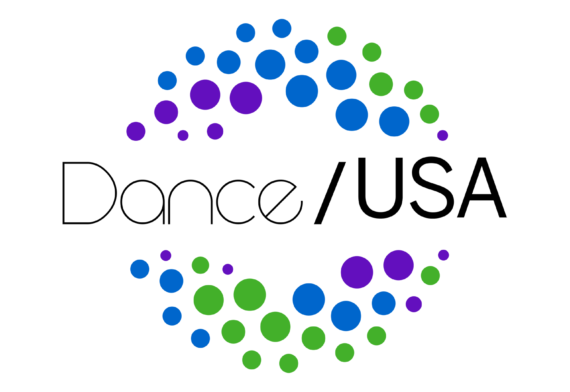Protecting Your Dance Company’s Business Assets
Big businesses aren’t the only ones facing cyber crime. Non-profits are also targets. How can you protect your organization’s data and digital assets? Read on.
Dance and Computer Gaming
Dancer, choreographer, and assistant professor of computer game design at George Mason University Boris Willis explores the relationship between game design and modern dance choreography. Learn about how the principles that make good choreography are the same as those that make good video games. A game of PacMan will never be the same.
World Ballet Day and Sustainable Audiences:
October 1, 2014, was a big day for the dance field. Around the world,
five of the world’s best ballet companies joined together for a full day
of behind-the-scenes live streaming on YouTube featuring rehearsals,
interviews and company class. On the same day, the Wallace Foundation
announced a six-year, $40 million initiative to support building
audiences for sustainability. While I wondered if the planners of the
two events were each aware of the other, I also found myself staring at
the negative space between the two and wondering if anyone else noticed
the solution to be found within. Combine these two events with
Dance/USA’s recently announced “Call for Questions” for next year’s
conference and I figured it would be as good a time as any to posit a
few questions that I know are seldom asked (or answered properly) across
the arts community.
Social-Media Whore Versus Savvy Self-Brander
The first time I joined in the social-media craze was back in 2004,
right after I had joined Pacific Northwest Ballet. I had friends that
had been using Myspace for a couple of years, but I felt that there was
no real reason for me to join in the fun. Little did I know that social-media would
eventually take over my entire idea of communication, nor did I envision
that it would become one of the greatest tools to market businesses to
mass audiences.
Preparing Your Organization for Facebook Search
Facebook recently began the rollout of social search. This powerful tool
will allow users on Facebook to enter queries such as “Broadway shows
in NYC my friends like,” “friends who like ballet,” or “concert venues
in Seattle my friends have been to.” Read on to learn more about harnessing this powerful interactive tool.
On Facebook and the Constancy of Change
If you manage a Facebook page, fewer of your fans are
seeing your posts. To be fair, there was never a time when 100 percent
of your fans saw each and every post. But recent changes make it more likely that you’ll get fewer views. Here are three free steps to take before resorting to promoted posts. Read on.
Instagram 101: How Dance Companies and Organizations Can Harness It
With Facebook, Twitter, Google+, and Pinterest, today there are so so many social networking options, why add one more to your over-flowing to-do list? Renowned dance photographer Christopher Duggan explains why Instagram can be a fun marketing tool and offers up some tips, too.
Bring Your Best Social Self to #DanceUSAconf
Plan ahead and test all of your tech. Do not wait until you land in San Francisco to try the app, test out your Twitter skills, or implement a social media management system. Here’s how.
Telling Your Dance Company’s Story Through Social Media
Someone should choreograph a dance about the sweeping importance of social media and the ups and downs of trying to manage a social media presence. No sooner does an arts organization begin to use “the next best thing” when something new, shinier, and sexier takes its place.
- 1
- 2



2013: Reimagining the Post-Apocalypse Dance Company
Dance companies and their supporting institutions will have to make
strategic and risky decisions about how they plan to distribute their
art to audiences. These decisions will play a significant role in
determining their future: whether it is bright or even exists at all.